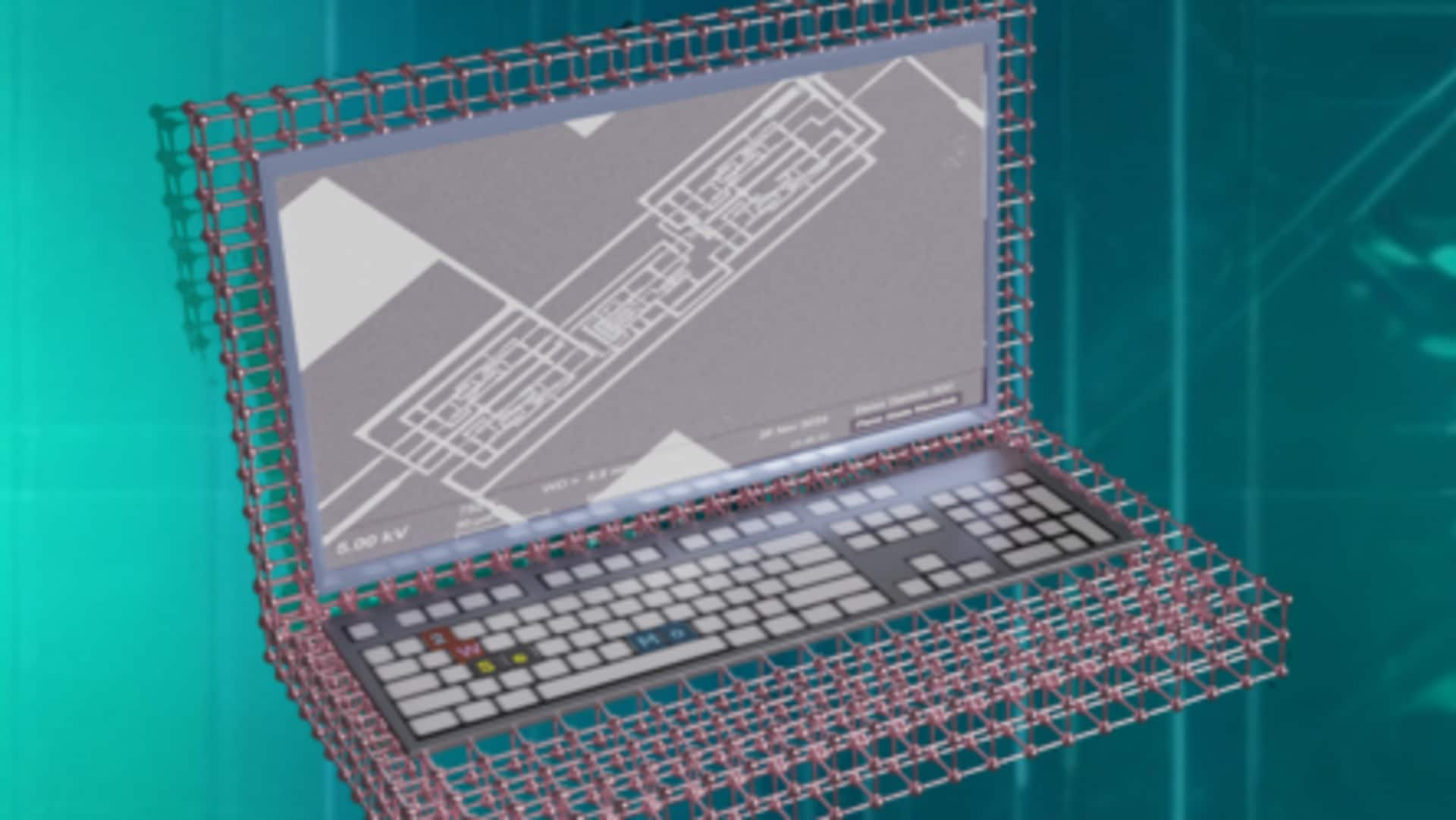
This is the world's 1st computer without any silicon
What's the story
The world's first silicon-free computer has been developed by a team of researchers at the Pennsylvania State University. The groundbreaking work, published in the journal Nature, demonstrates that two-dimensional (2D) materials can be used to create a working Complementary Metal-Oxide-Semiconductor (CMOS) computer. CMOS is a key technology for building electronic circuits due to its low power consumption and ability to integrate more components.
Material innovation
Researchers used MoS2 and WSe2
The research team, led by Professor Saptarshi Das, used molybdenum disulfide (MoS2) and tungsten diselenide (WSe2), two common materials in the 2D community, to create their semiconductor devices. These materials can be grown on a large scale and are scalable for industrial adoption. Das believes these 2D materials could augment silicon in the short term by offering new functionalities for sensors and memory devices.
Technological transition
Why do we need to replace silicon?
Silicon has been a key player in tech advancements since the development of transistors in 1947, becoming foundational in advancing technology. But now, as devices get smaller, silicon's performance is said to be declining. This has led researchers worldwide to develop 2D materials as potential substitutes for silicon in making smaller devices. Scientists at China's Fudan University have already created a RISC-V microprocessor chip using transistors made of these materials.
Performance analysis
Primitive computer operates below 3V
The 2D computer developed by Penn State is a primitive one, designed to perform a single instruction. It achieved high drive current with low leakage and power dissipation, enabling circuits made from these semiconductors to operate below 3V and up to 25kHz of frequency. Despite its limitations, the development of this silicon-free computer is seen as a major step forward in semiconductor technology.